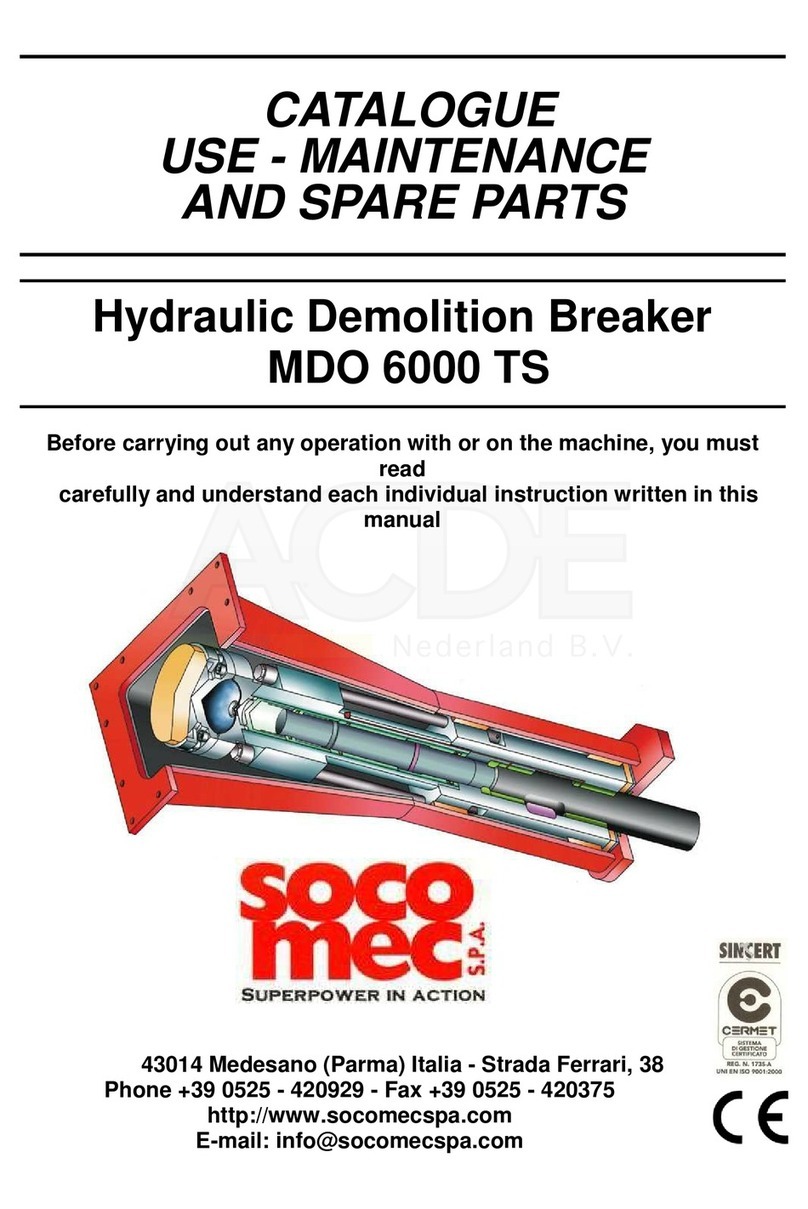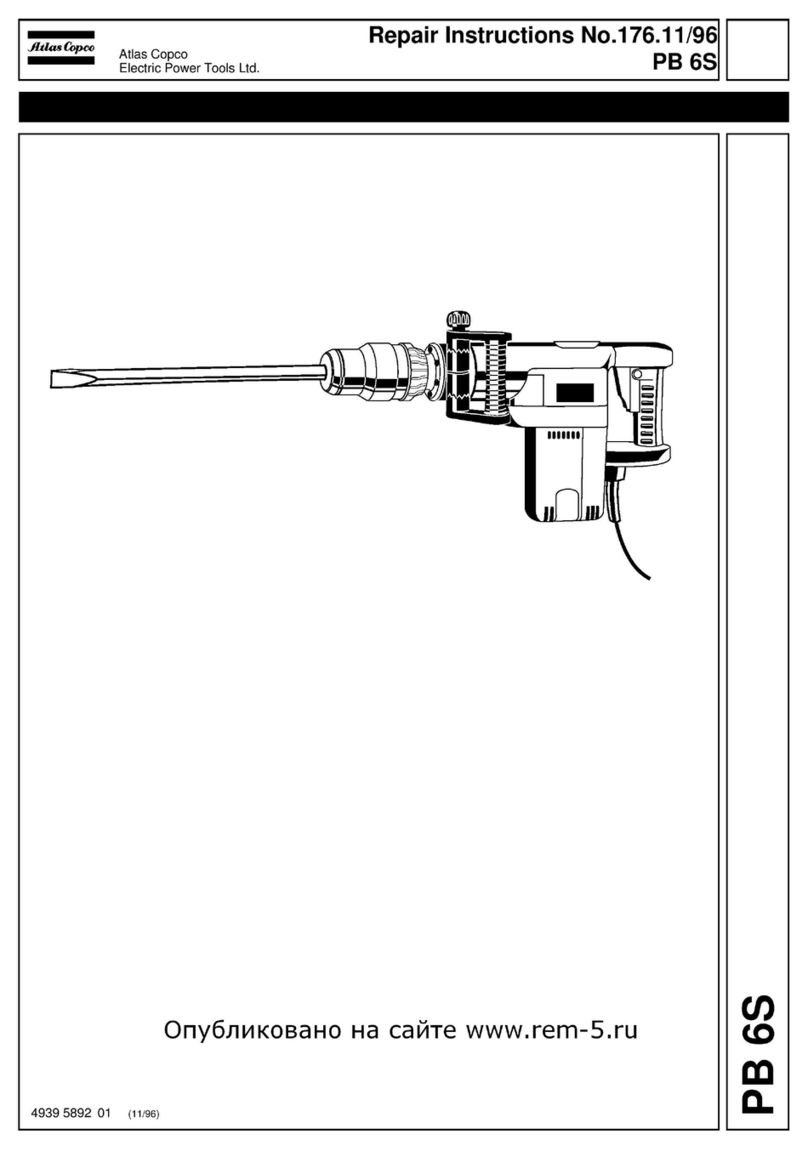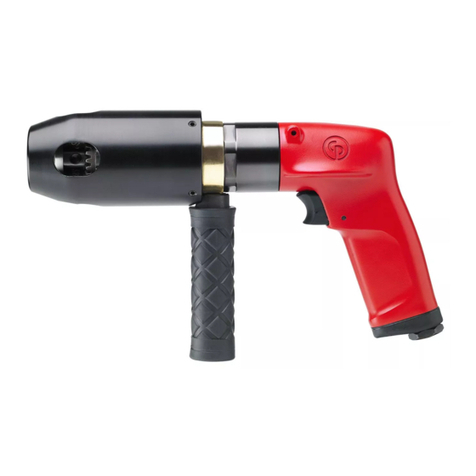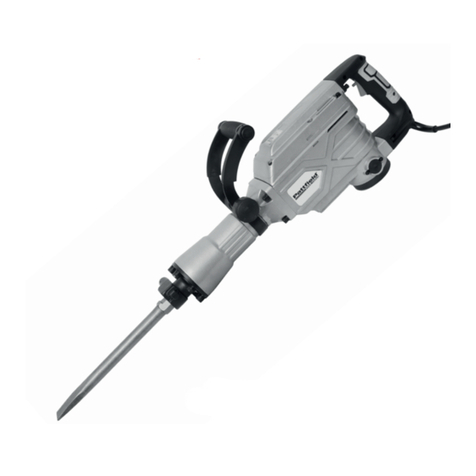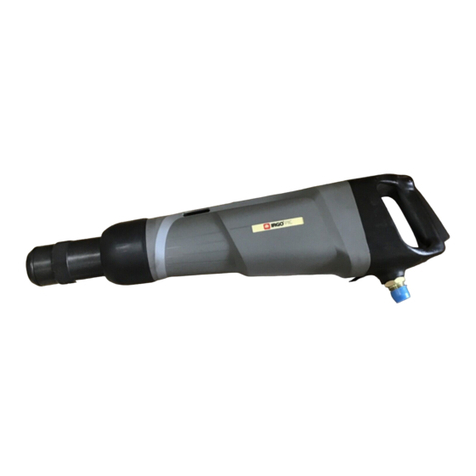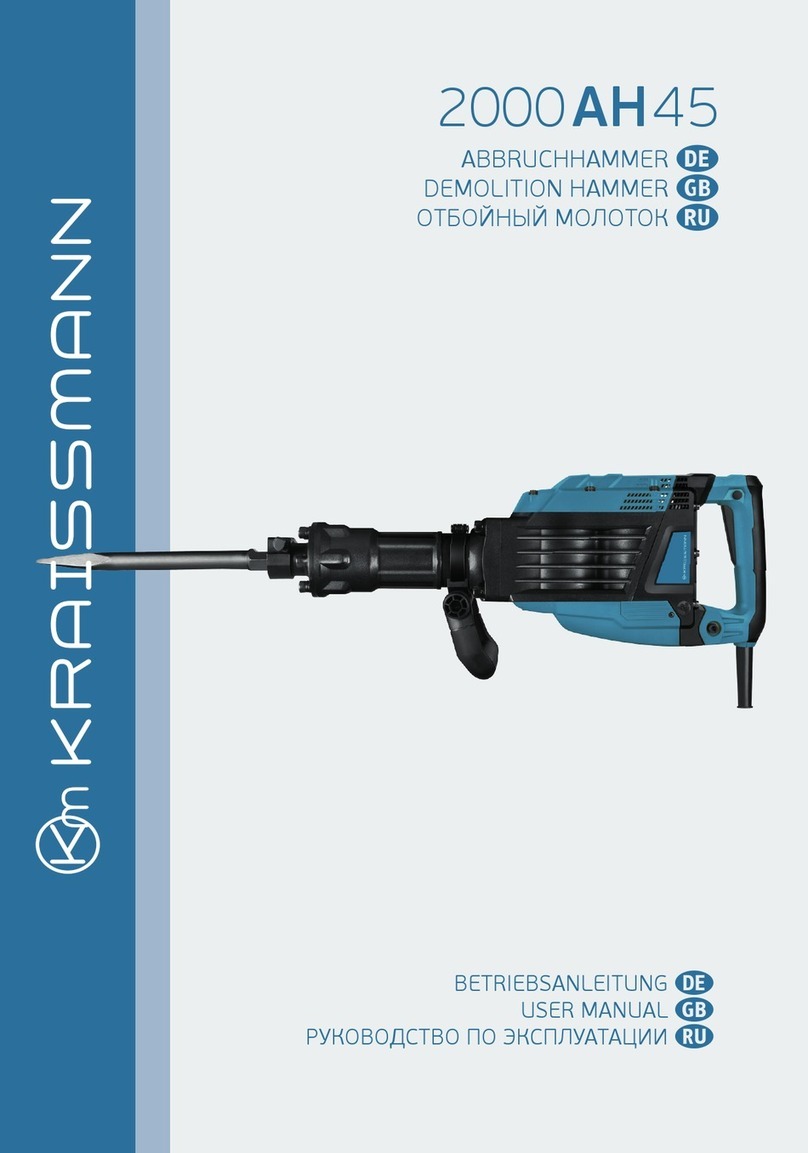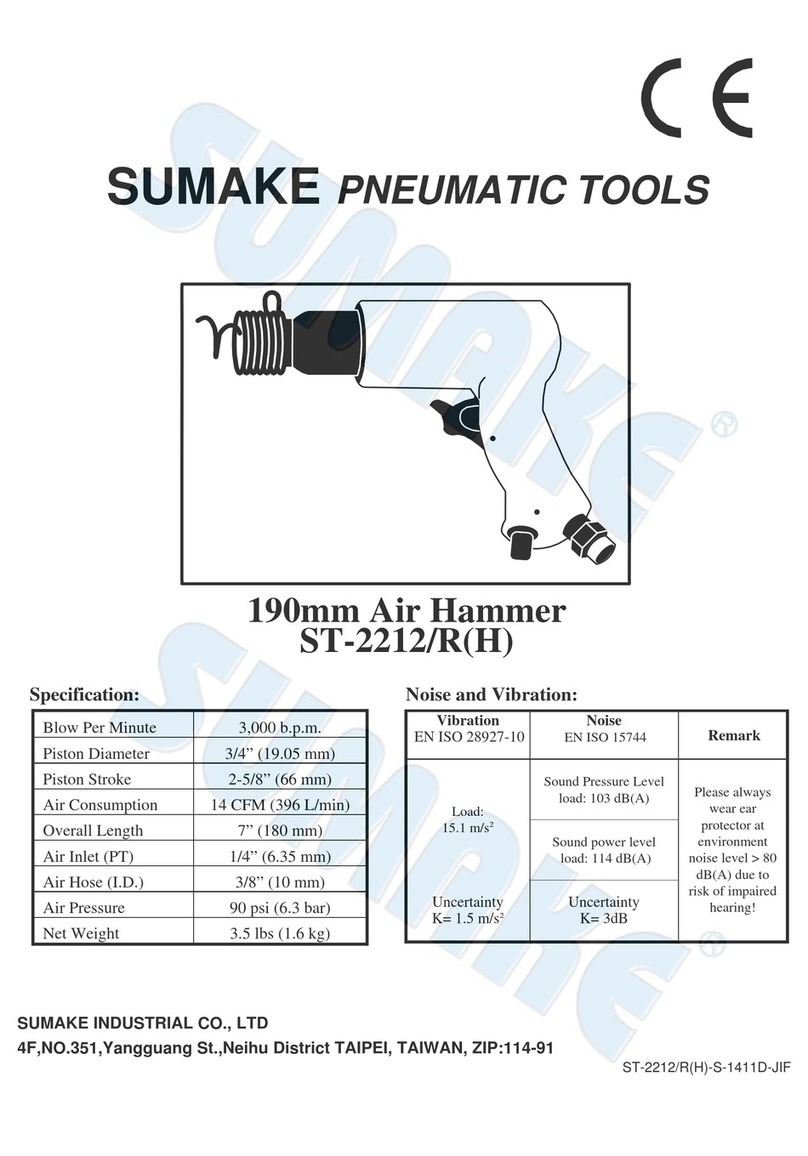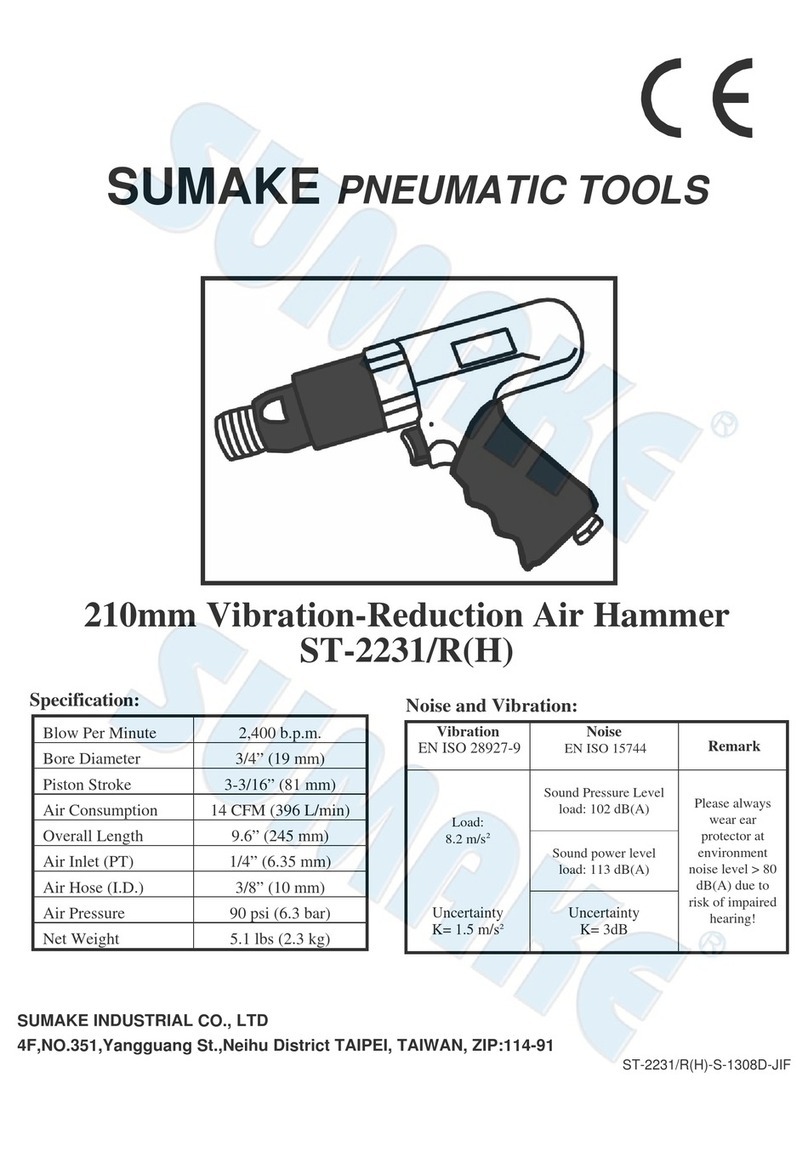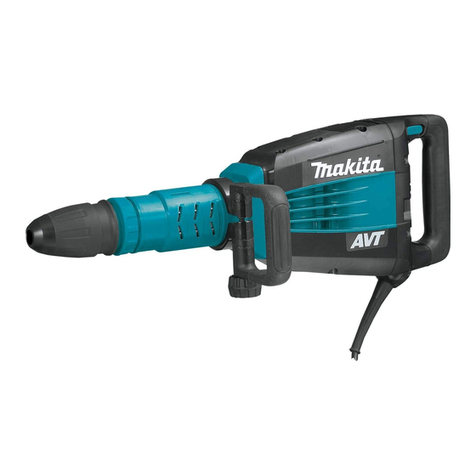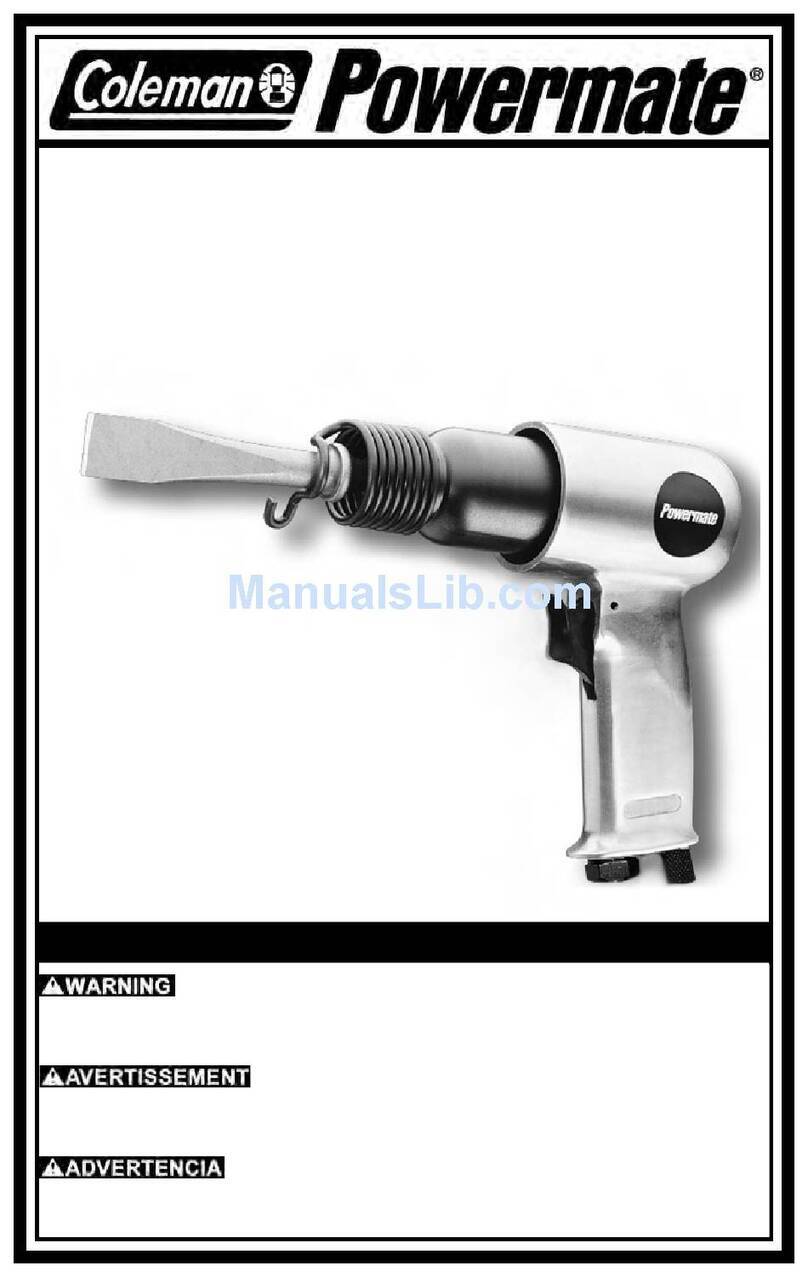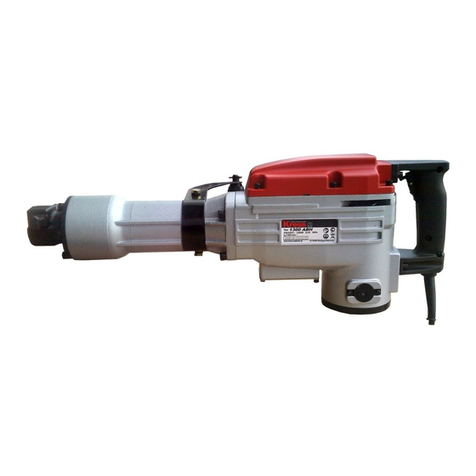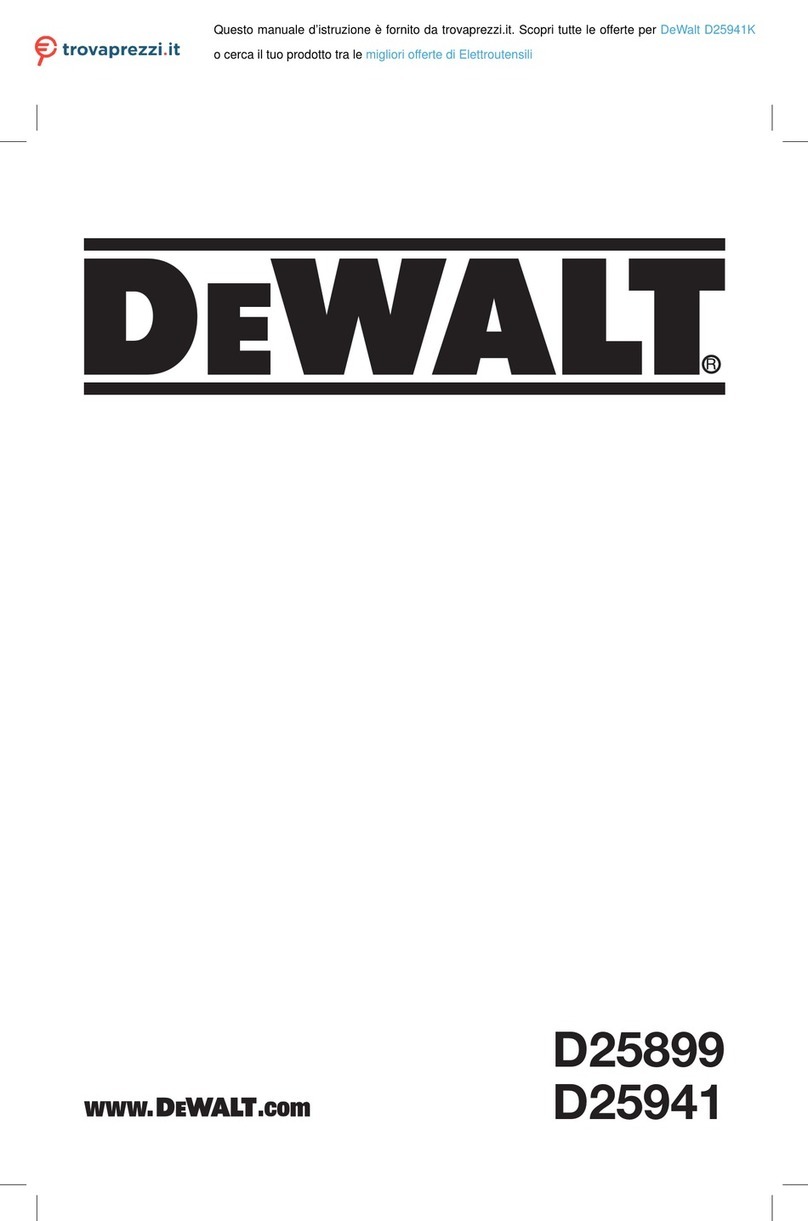2
PORTABLE POWER PRODU T WARRANTY
Ingersoll-Rand, through its distributor, warrants that each
itemofequipmentmanufacturedbyitanddeliveredhereun-
der to the initial user will be free of defects in material and
workmanship for a period of three (3) months from initial
operation or six (6) months from the date of shipment to the
initial user, whichever occurs first.
With respect to the following types of equipment, the war-
ranty period enumerated below will apply in lieu of the fore-
going warranty period.
A. Aftercoolers – The earlier of nine (9) months from date
ofshipmenttoorsix(6)monthsfrominitialoperationby
initial user.
B. Portable Compressors, Portable Generator Sets
–9 Kva through to 550 Kva, Portable Light Tow-
ers and Air Dryers –The earlier of twelve (12) months
from shipment to or the accumulation of 2,000 hours of
operation by the initial user.
2.5 Kva Through to 8 Kva –The earlier of twelve (12)
months from shipment to or the accumulation of 2,000
hours of operation by the initial user.
Ingersoll-Rand will provide a new part or repaired part,
at it’s sole discretion,in place of any part which is found
to be defective in material or workmanship during the
period described above. Labour cost to replace the part
is the responsibility of the initial user.
C. Portable CompressorAirEnds–Theearlieroftwenty-
four(24)months from shipment toortheaccumulation of
4,000hoursofoperationbytheinitialuser. ForAir Ends,
thewarrantyagainst defects will include replacement of
the complete Air End, provided the original Air End is
returned assembled and all original seals are intact.
D. Portable Compressor Airend Limited Extended
Warranty –The earlier of sixty (60) months from ship-
menttoortheaccumulationof10,000hoursofoperation
by the initial user. This extended warranty is limited to
defects in design or defective material or workmanship
in rotors,housings,bearings and gears and provided all
the following conditions are met:
1. The original air end is returned assembled and all
original seals are intact.
2. ContinueduseofgenuineIngersoll-Rand parts,fluids,
oil and filters.
3. intervals by authorised and properly trained service
engineers.
E. Generator Alternator –9 Kva through to 550 Kva,
the earlier of twenty-four (24) months from shipment to
or the accumulation of 4,000 hours of operation by the
initial user.
2.5 Kva Through to 8Kva –The earlier of twelve (12)
months from shipment to or the accumulation of 2,000
hours of operation by the initial user.
F. Portable Light Tower Alternator –The earlier of
twelve (12) months from shipment to or the accumu-
lation of 2,000 hours of operation by the initial user.
Light Source model only, the earlier of twenty-four (24)
months from shipment to or the accumulation of 4,000
hours of operation by the initial user.
G. Ingersoll-Rand Engines –The earlier of twenty-four
(24) months from shipment to or the accumulation of
4,000 hours of operation by the initial user.
H. Ingersoll-Rand Platinum Drive Train Limited Ex-
tended Warranty –Platinum drive train refers ot the
Ingersoll-RandEngineandAirend combination. The ear-
lierofsixty (60) monthsfromshipmentto,ortheaccumu-
lationof10,000 hours ofoperationby the initialuser. The
starter,alternator,fuelinjectionsystemandallelectrical
components are excluded from this extended warranty.
The airend seal and drive coupling are included in the
warranty but airend drive belts are excluded. This lim-
ited extended warranty is automatically available when
meeting the following conditions:
1. The original airend is returned assembled and un-
opened.
2. ContinueduseofgenuineIngersoll-Randparts,fluids,
oil and filters.
3. Maintenance is performed at prescribed intervals by
authorised and properly trained service engineers.
I. 1. Construction Tools, (Portable Power range
only) –Twelve months from shipment to initial user.
Ingersoll-Rand will provide a new part or repaired part,
at it’s sole discretion,in place of any part which is found
to be defective in material or workmanship during the
period described above. Labour cost to replace the part
is the responsibility of the initial user.
2. Construction Tools Limited Extended War-
ranty, (Portable Power range only) –Thirty-six (36)
months from shipment to initial user. This extended
warranty is automatically available only when the tool
is registered with Ingersoll-Rand by completing and
submitting the Warranty Registration form. Ingersoll-
Rand will provide a new part or repaired part, at it’s
sole discretion, in place of any part which is found to be
defective in material or workmanship during the period
described above. Labour cost to replace the apart is the
responsibility of the initial user.
J. Spare Parts –Six (6) months from date of shipment to
the initial user.Ingersoll-Rand will provide a new part or
repaired part, at its sole discretion, in place of any part
thatis foundtobedefective inmaterialandworkmanship
during the period described above. Such parts will be
repaired or replaced without charge to the initial user
during normal working hours at the place of business of
an Ingersoll-Rand distributor authorised to sell the type
ofequipmentinvolvedor other establishment authorised
by Ingersoll-Rand. User must present proof of purchase
atthetimeofexercising warranty. Theabovewarranties
do not apply to failures occurring as a result of abuse;
misuse,negligent repairs,corrosion, erosion and normal
wear and tear, alterations or modifications made to the
product without express written consent of Ingersoll-
Rand; or failure to follow the recommended operating
practices and maintenance procedures as provided in
the product’s operating and maintenance publications.
Accessories or equipment furnished by Ingersoll-Rand,
but manufactured by others, including, but not limited
to, engines, tires, batteries, engine electrical equipment,
hydraulic transmissions, carriers, shall carry only the
manufacturerswarranty,which Ingersoll-Rand can law-
fully assign to the initial user.
THEABOVEWARRANTIESARE IN LIEU OFALL OTHER
WARRANTIESEXPRESSEDORIMPLIED,(EXCEPTTHAT
OTTITLE0,ANDTHEREARE NOWARRANTIESOF MER-
CHANT ABILITY OR OF FITNESS FOR A PARTICULAR
PURPOSE.


